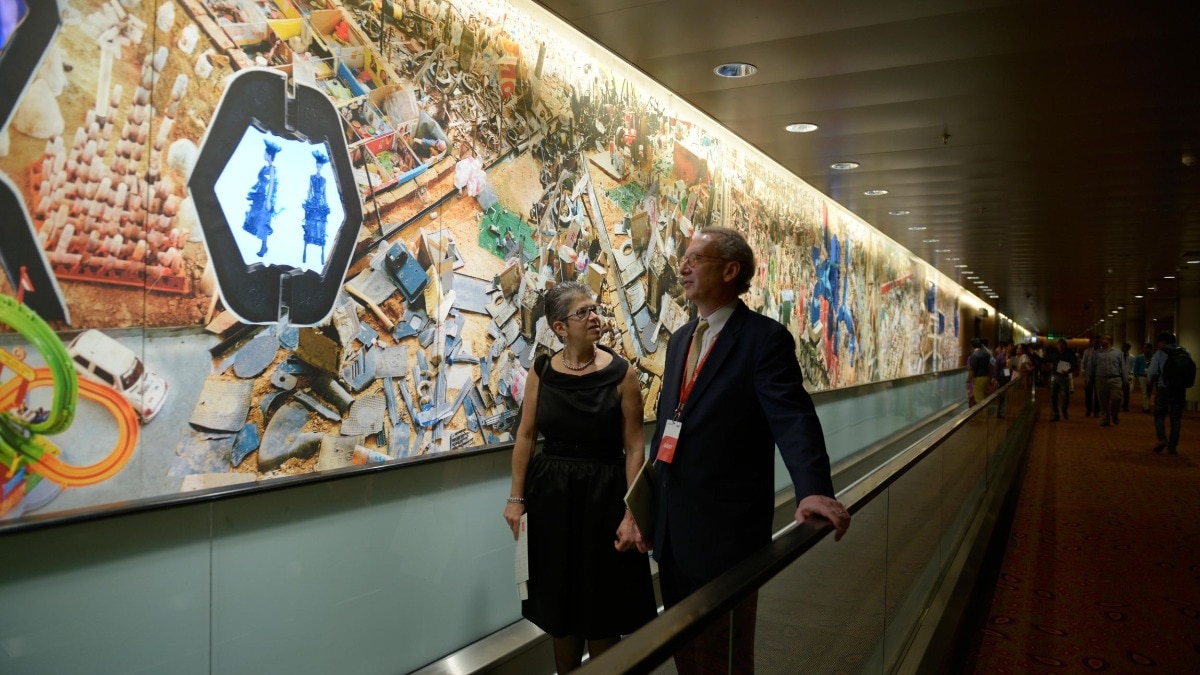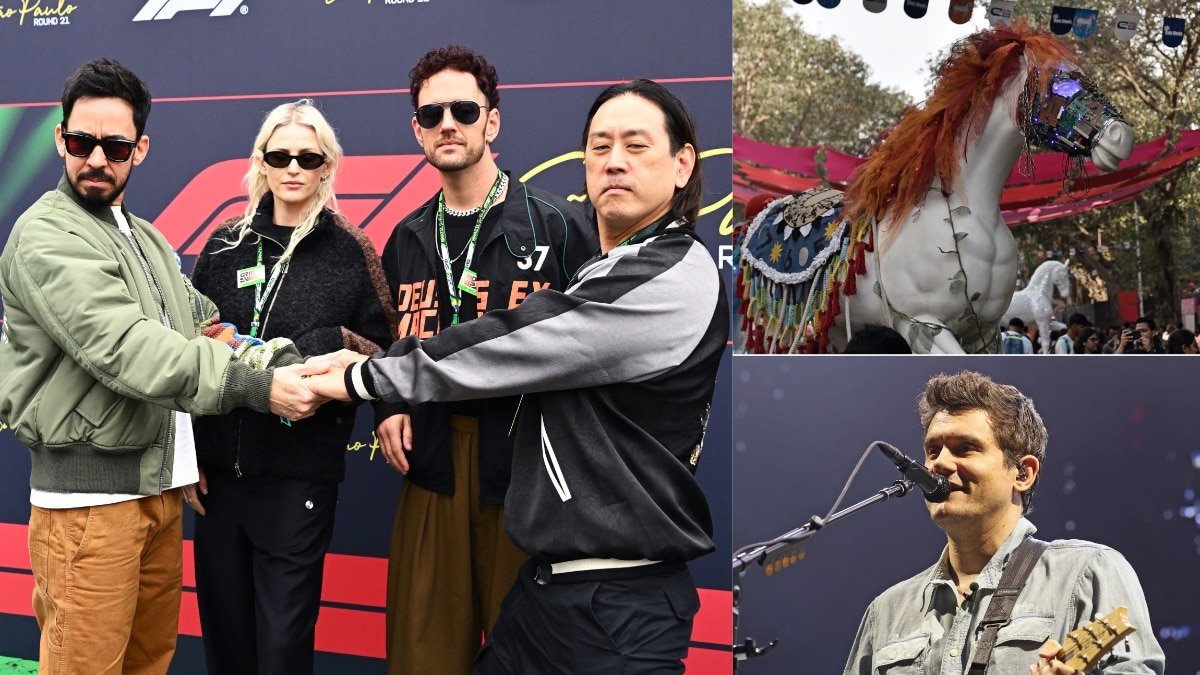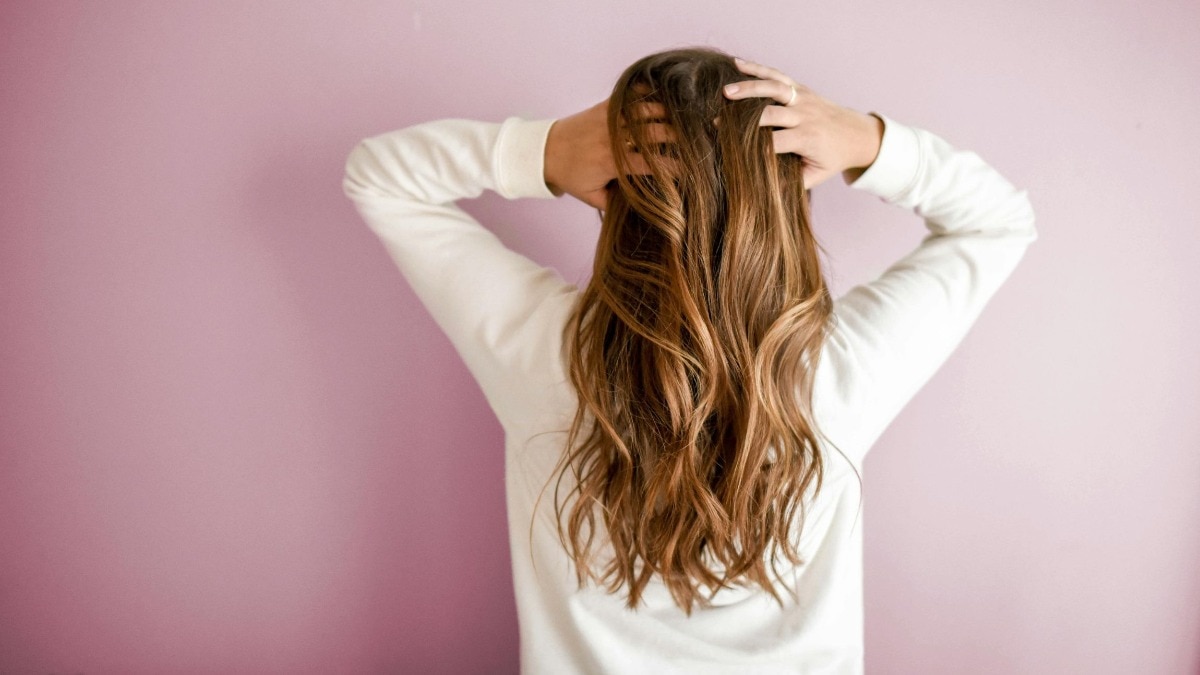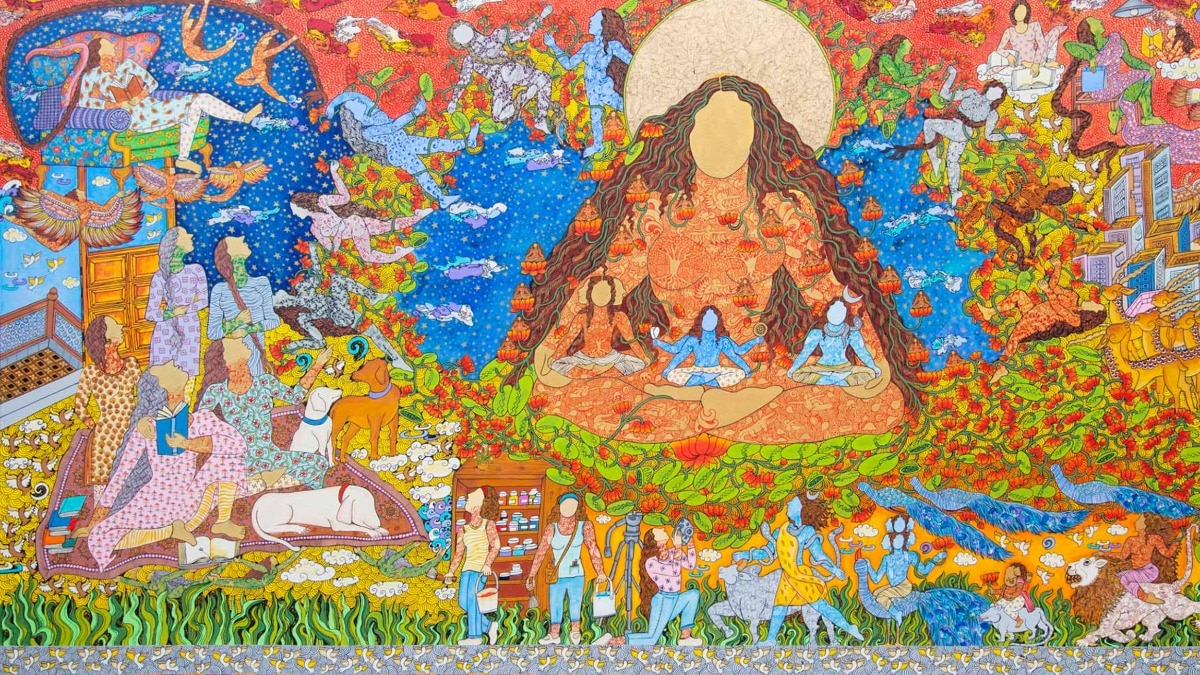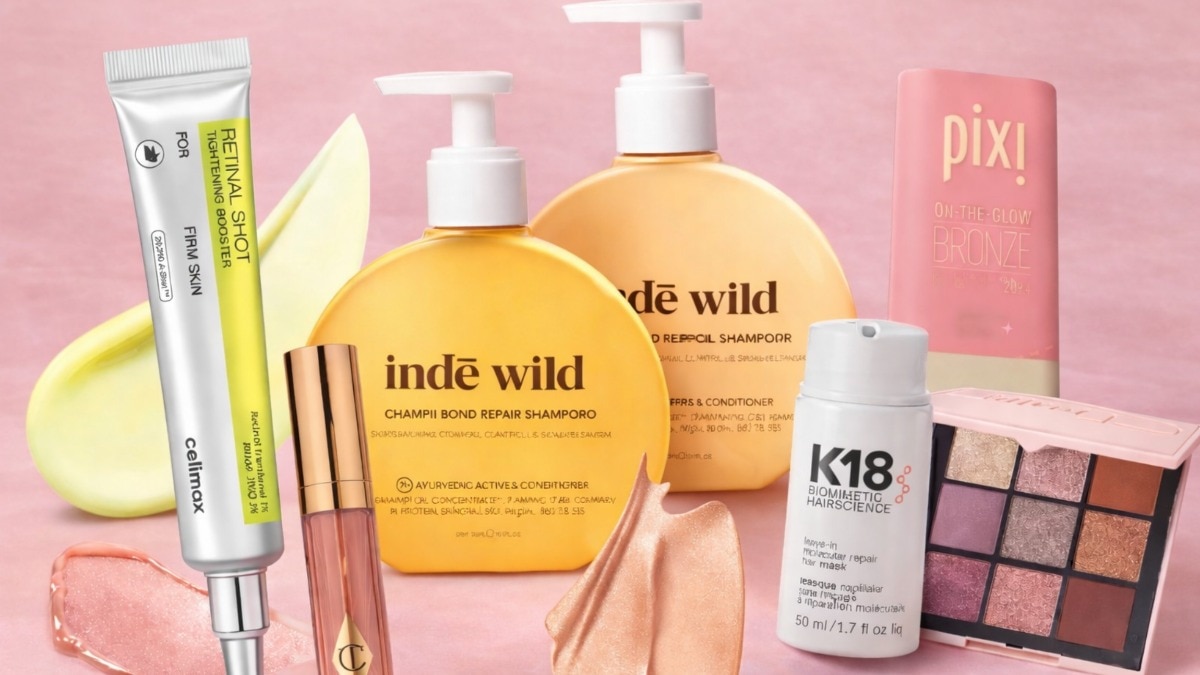
Here's why knitwear could be a year round style statement
These homegrown labels are giving the good old sweaters a contemporary spin, making them a fun choice for all seasons!


There’s a common image of older women in India knitting sweaters for their families as winter approaches. But if we look back, knitting has a longer history in our country. It goes back to the time of the Mughal Empire from the 16th to the 19th century and was famous for its luxurious fabrics. Knitting was one of the many needlework skills brought to India during this period. It became popular among the rich and royal. They made fancy clothes using fine silk or wool yarns, often decorated with gold and silver threads, showing off their wealth and status.
Today, a new crew of homegrown labels gives the form a contemporary spin. Meghana Kiran’s knitwear-centred menswear label, bitchandtwosticks, is a testament to the fun one can have with the method. Introduced to knitwear by her grandmother, she learned to see the beauty in simple techniques. “Knitwear doesn’t have to be an elaborate scheme of complicated techniques; it can be as simple as colour blocking. For example, our knitted wonder suit is the simplest technique in knitwear; all I did was patch them together and sew them. I don’t rely too much on the techniques of it but I try to make it as simple as possible. We use a lot of jacquards, colour work, and basic purl stitches for the knitwear itself,” says Meghana, who holds a BA in menswear from Istituto Marangoni in Florence and subsequently saw her work on projects for luxury fashion houses, including Fendi and Miu Miu.
Although she says she’s “quite moody with the brand,” the response has been overwhelming. “I do think knitwear is evolving; there are so many people using it as a medium to convey or channel their artistic ambitions; it’s a new or a rediscovered way of making clothes, but clothes are not the only thing you can do with knitwear. I am always so inspired looking at artists who use knitwear,” says Kiran.
The Right Focus

Founded by Mehak Khosla in 2021, Chandigarh-based Meko Studio started with a strong love for mindful fashion. The brand focuses on sustainable knitwear, promoting slow fashion. “We believe in being open about our processes. We share every detail, from where we get our yarns to how we make our fabrics and garments,” says Mehak. Raised in Mozambique, Africa, Mehak moved to India to study design at NIFT, New Delhi. Her interest in knitwear grew during her final year at NIFT, while working closely with a unit specialising in making knitted clothes for the Indian market. This experience opened her eyes to the possibilities of knitwear and the gap in the Indian market. Meko Studio uses hand-flat knitting machines, which don’t rely on electricity, to promote hand-knitting—a traditional craft in India. “We use GRS-certified recycled yarns to make our knitted fabrics. By combining different rib structures in a plating technique, we create a 3D effect,” explains Mehak. The brand aims to train the artisans they collaborate with— a small group in Manali and Noida— in contemporary knitting techniques while leveraging their expertise in traditional knitting structures. “By blending a basic rib structure with plating, we give the fabric a modern, three-dimensional look. Our goal is to marry traditional craftsmanship with modern fabrics,” she adds.
Boundless Creativity

At Oh Ku Studio, founder Prerna Nainwal believes knitwear offers endless possibilities for creativity. “While wool is often linked with sweaters, we’re exploring alternatives like linen and cotton,” says Prerna, who comes from Uttarakhand. She returned to her hometown in Nainital in 2020 during the pandemic, where she learned knitting from her mother and saw her teaching other women. This inspired her to create spaces for women to learn, teach, and earn the idea behind Oh Ku Studio. “We’re challenging traditional ideas about knitwear,” Prerna continues. “Our pure cotton crochet crop top, for example, is breathable and light, perfect for any season.” The studio focuses on experimenting with techniques and materials to create knitwear suitable for year-round wear. The label also honours the age-old craft of hand-knitting, along with hand crochet and hand embroidery. “Skilled artisans in regions like Himachal Pradesh, Kashmir, and parts of Gujarat and Rajasthan have crafted knitted garments for generations,” Prerna explains. She notes that during the British colonial period, modern knitting machinery was introduced, leading to the establishment of knitwear factories in India. Today, there’s a significant global demand for knitwear, especially from Indian designers and manufacturers committed to using organic materials. “Our brand has been well-received due to our focus on quality, brand story, and ethical standards,” Prerna concludes.
A Symbiotic Relationship

Taarini Anand, based in Mumbai, used to think knitwear was only for winter. “But later, I realised how much of our clothing is actually knitted,” she says. “When people think of knitwear, they usually imagine chunky sweaters. But knitting is a way of making fabric, like weaving, and it’s not just for cold weather. Cotton yarns and open knits are great for staying cool in the heat. A tank top with a loose-knit or crocheted over-shirt is a classic summer outfit, and technically, that’s all knitwear.” Taarini, a menswear and knitwear designer, graduated from fashion school in Milan almost two years ago. She has worked in both Italy and India in her specialties. “My grandmother taught me knitting, and she recently gave me vintage knitting magazines and books from the 60s and 70s,” she shares. “Looking through them feels like being in a candy shop–oldschool Fair Isle, retro balaclava patterns, and lots of argyle. Handknitting has its limits compared to machine knitting. That’s the next skill I want to learn and hopefully master.” Anand currently produces custom pieces but doesn’t retail. She believes that knitting as a design practice in India is still niche. “Experimental and designer knitwear is a new concept,” she says. “But there’s growing appreciation for slow fashion, and I believe knitting will become a fashion staple, much like denim is now.”
Image Courtesy: Respective brands
Also Read: Breaking down the trending 'Unexpected Red Theory' in fashion
Also Read: Sabyasachi's inaugural high jewellery showcase proves the couturier's eye for detailing


